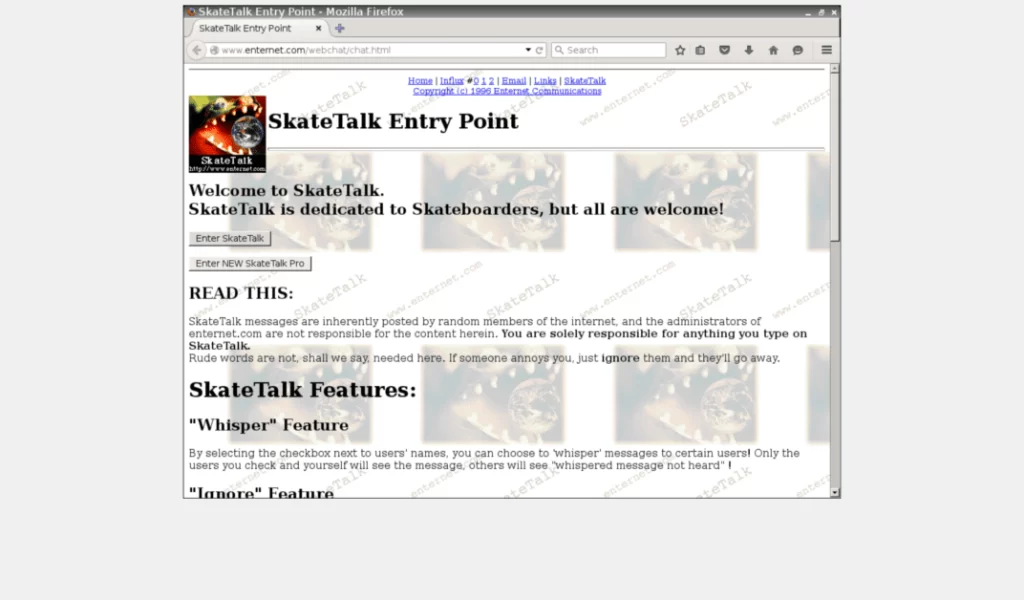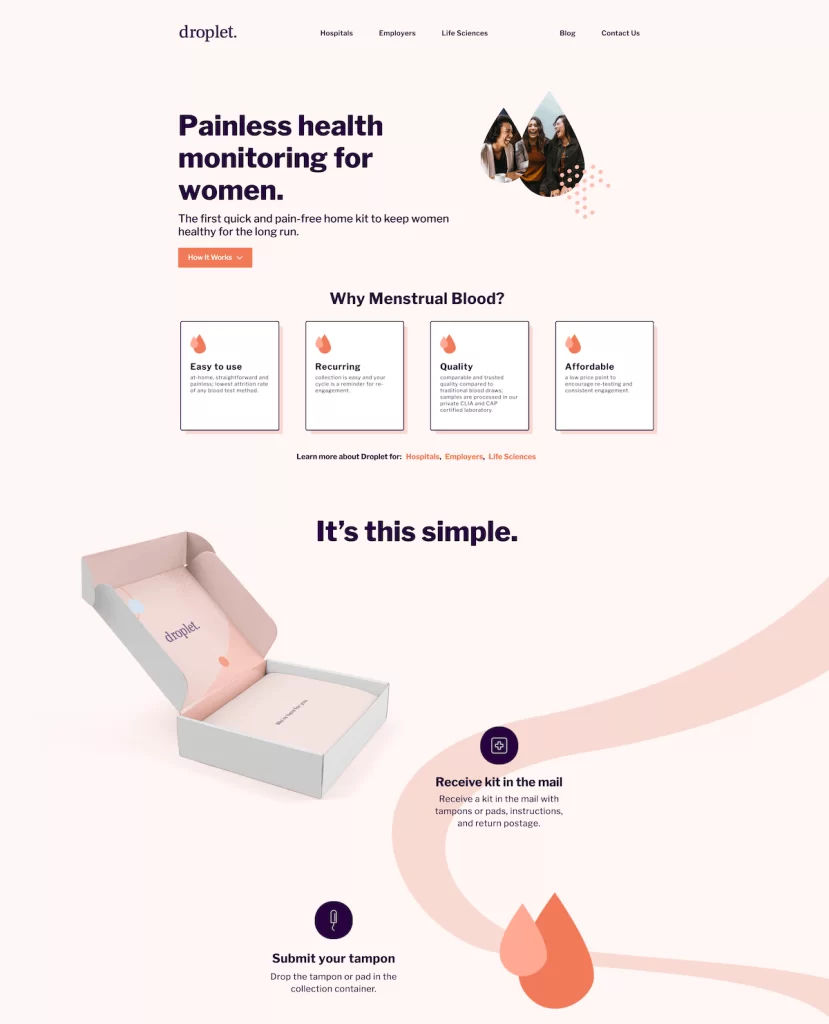Last Updated: 10 months ago by BrodNeil
The third generation of web technologies is known as Web 3.0 (Web3). The World Wide Web, commonly referred to as the web, serves as the basic building block of the internet by offering website and application services.
Attention-Driven Digital Economy Can Be Repaired with Web 3.0
The flaws of Web 2.0 have been on the whole show in recent months, from unequal creator economics and insufficient security to centralized authority and dissatisfied communities.
The centralized form of Web 2.0, which was all about network effects, massive scale, and winner-take-all economics, is no longer beneficial to society.
Here’s how Web 3.0 addresses some of the most pressing issues in today’s digital economy:
Inadequate data security and controls.
Web 3.0 is built on cryptographic primitives and frequently employs open-source code, allowing anybody to contribute by examining it. As a result, user security is improved, and transparency becomes a competitive advantage. The advantages aren’t simply for privacy’s sake; they also protect user value.
Toxicity and platform accountability.
The power dynamic between users and platforms is likewise rebalanced in Web 3.0, giving consumers control over their data. In addition, users can “vote with their feet” and switch from one platform to another using Web 3.0 platforms because data management solutions offer interoperability and portability.
Creator economics are unbalanced.
The Web 3.0 paradigm addresses these unequal incentives by democratizing access and reducing barriers between authors and viewers. In addition, web 3.0’s revenue tools for creators, such as NFTs, digital payments, tokens, and crowdsourcing, level the playing field in a creator-friendly way.
Users can also have their own personal Web 3.0, usually managed by tokens. As a result, they are driven to supply critical services such as moderating since they gain directly from the platforms’ growth.
Web 3.0 design
How have websites changed over the past years, and how is Web 3.0 impacting website design? Take a look at these comparisons.

Sometimes referred to as the “static web,” the first internet consisted primarily of read-only webpages without many interactive features.
Web 1.0 only provided the ability to browse static pages. Information was difficult to access, and a small group of people managed content development.

In the middle of the 2000s, everyone could instantly create, share, and comment on material from the palms of their hands. Web 2.0, or what we now refer to as the internet, may be thought of as the read/write upgrade to Web 1.0, which was the read-only version.
However, this pales in significance when compared to the designs of Web 3.0. Where most websites frequently use distinctive colors, forms, pixel-perfect alignment, and more!
The modern era of web design emphasizes flawless precision, striking color combinations, and the incorporation of new design components that enhance the overall design.
The inclusion of creative components has been the most significant recent development. Designers are becoming far more at ease imposing a precise design navigation path using background components like forms and curves.

Shapes and blobs can highlight important content appropriately applied and provide a pleasing user interface. In addition, many more graphics and other visual elements are used in Web 3.0 Designs. Not merely to enhance pages but frequently to highlight a specific item or cause.
Web 3.0 hosting
In contrast to traditional hosting, decentralized hosting is a means of hosting websites in a decentralized way to boost security and decrease the danger of the website being taken down or being unusable due to a significant outage in the physical server location.
Why Choose Web 3.0 hosting?
There are numerous benefits to hosting your website rather than using a conventional web server. The following advantages of decentralized, sometimes known as Web 3.0 hosting, support its status as an emerging technology:
- Website Uptime Guarantee – The website cannot go offline due to one of its virtual servers failing for technical reasons.
- The website is more private and secure because the information is dispersed, and nobody without authorization may view it.
- Censorship protection – Because the website is hosted in the cloud in a decentralized fashion, there is no prominent place where it is located, making it impossible for anyone to stop it in that area.
Web 3.0 developer
Web 3.0 developers produce applications distributed on decentralized networks like blockchains or peer-to-peer (P2P) systems rather than restricted to a single cloud server. In plainer terms, Web 3.0 operates in a manner akin to that of most cryptocurrencies built on the model of Bitcoin.
Web 3.0 training
The following are some of the qualifications you must possess to work as a Web 3.0 developer:
- Understand the basics of blockchain technology. You need to be aware of the materials you work with. Although they are brilliant pieces of technology, blockchains are difficult to comprehend. So spend some time with it to understand what you’ll build on afterward.
- Understand the basics of smart contracts. It is possible to program the blockchain using smart contracts. They are bits of code that have been uploaded to the blockchain and are written in a language that is understandable by blockchain nodes. Smart contracts are capable of practically anything, from fungible and non-fungible tokens to the backend of your next decentralized application. They differ from the code you are accustomed to creating, though. Get to know them well because they’ll contribute much to your future job.
- Learn how to interact with the blockchain by using it. A decentralized app consists of two parts: your front end and smart contracts performed on the blockchain. For your front end to talk to the blockchain, you must interface with it.
- You should develop your Solidity. There are numerous blockchains, and almost all of them have unique ways of producing smart contracts. On the other hand, the Ethereum virtual machine, which is utilized by many blockchains, is programmed in Solidity. You won’t benefit merely from Ethereum. Additionally, it will help you create smart contracts for use on other blockchains.
Web 3.0 web development
Although Web 3.0 has not yet been given a defined definition, it does have specific distinguishing characteristics.
Decentralization is a core pillar of Web 3.0
In Web 2.0, computers use HTTP in the form of specific web addresses to look up data stored at a fixed location, often on a single server. With Web 3.0, information might be found based on its content rather than in a single place, leading to decentralized data storage. Destroying the massive datasets that internet behemoths like Meta and Google maintain would give individuals more power.
Consumers can sell the data generated by various potent computing resources, like mobile phones, desktop computers, appliances, cars, and sensors, while keeping ownership control through decentralized data networks.
Trustless and permissionless
Additionally, Web 3.0 will be trustless, decentralized, and built on open-source software, enabling members to interact without the aid of a reliable third party (meaning that anyone can participate without authorization from a governing body). Web 3.0 programs, sometimes called dApps, will run on blockchains, decentralized peer-to-peer networks, or a combination of the two.
Artificial intelligence (AI) and machine learning
The Semantic Web and natural language processing technologies enable computers to understand information similarly to humans in the Web 3.0 era. In addition, machine learning, a branch of artificial intelligence (AI) that mimics human knowledge by using data and algorithms, will be incorporated into Web 3.0. These capabilities will allow computers to produce quicker and more relevant results in various disciplines like medical development and new materials rather than just targeted advertising, which accounts for most of the existing efforts.
Connectivity and ubiquity
Information and content are now more accessible and omnipresent with Web 3.0, thanks to various applications and an increase in the number of commonplace online devices.
Web 3.0 blockchain technology
The voice assistants Siri and Alexa, which demonstrate how machine learning may provide a new range of online services, are the most significant component of web 3.0 examples. The third generation of the internet would run on decentralized protocols, except for the indications of incorporating machine learning and connecting machines through IoT. Finding a possible convergence point for blockchain in web 3.0 is crucial. The third generation of the web’s networks features censorship-resistant P2P data file storage, interoperability, automation using smart contracts, and seamless integration. Therefore, it is evident that blockchain would be a significant factor behind the development of the future internet generation.
Blockchain is fundamentally changing how data management and storage are currently done. In plain English, blockchain provides a distinct data set or universal state layer that a group manages. The unique state layer has the potential to create a value settlement layer on the internet. The state layer facilitates copy-protected file transmission to support efficient P2P transactions without middlemen.
Can I invest in Web 3.0?
Web 3.0. is a collection of technologies that enable the next-generation decentralized internet. Non-fungible tokens (NFTs), decentralized apps like virtual private networks (VPNs) or web browsers with privacy settings, platforms for decentralized finance (Defi), the metaverse, and other items may fall under this category.
Web 3.0 also includes a wide range of cryptocurrencies driven by blockchain technology.
There are several possibilities for investors who are unsure about how to invest in Web 3.0. NFTs, virtual objects in the metaverse, and numerous related cryptocurrencies are a few. These investments are frequently linked to one another and are not always isolated categories.
Web 3.0 crypto
A new generation of cryptocurrencies called Web 3.0 cryptos is dedicated to realizing the decentralized concept. They combine blockchain technology with smart contracts to give consumers control over their data and enable transactions without intermediaries. The current level of cryptocurrency volatility makes it impossible to predict when the market will experience a significant decline. The top ten cryptocurrencies in 2023 that will compete against one another are:
- Solana (SOL)
- Filecoin (FIL)
- Polkadot (DOT)
- Tether (USDT)
- BitTorrent (BTT)
- Kadena (KDA)
- ZCash (ZEC)
- Flux (FLUX)
- Livepeer (LPT)
- Ocean Protocol (OCEAN)
Web 3.0 ETF
A new thematic Exchange Traded Fund (ETF) with a Web 3.0 focus is something that SoFi Technologies Inc. (SoFI) intends to deliver. SoFi is an online personal finance company and bank based in San Francisco.
According to reports, the ETF will focus on ideas like tokenization, blockchain, NFTs, and artificial intelligence & big data. The ETF’s stock selection mandate emphasizes a high conviction approach and is passive. This means that the fund will make investments with a long-term objective and rebalance its 40-stock portfolio at low transaction costs twice a year.
Sources:
- https://techcrunch.com/2021/11/08/web-3-0-can-repair-the-attention-driven-digital-economy/
- https://geekflare.com/web-3-new-design/
- https://www.sofi.com/learn/content/how-to-invest-in-web-3/
- https://finance.yahoo.com/news/want-invest-3-0-know-165642388.html
- https://content.techgig.com/career-advice/ultimate-guide-to-become-a-web-3-0-developer/articleshow/90570092.cms
- https://www.forbes.com/advisor/investing/cryptocurrency/what-is-web-3-0/
- https://www.analyticsinsight.net/top-10-cryptocurrencies-that-will-compete-in-the-web-3-0-race-in-2023/
- https://www.revelo.com/blog/hire-web3-developers
- https://www.investopedia.com/web-20-web-30-5208698
- https://101blockchains.com/blockchain-in-web-3-0/
- https://hth.guide/web3-hosting/

